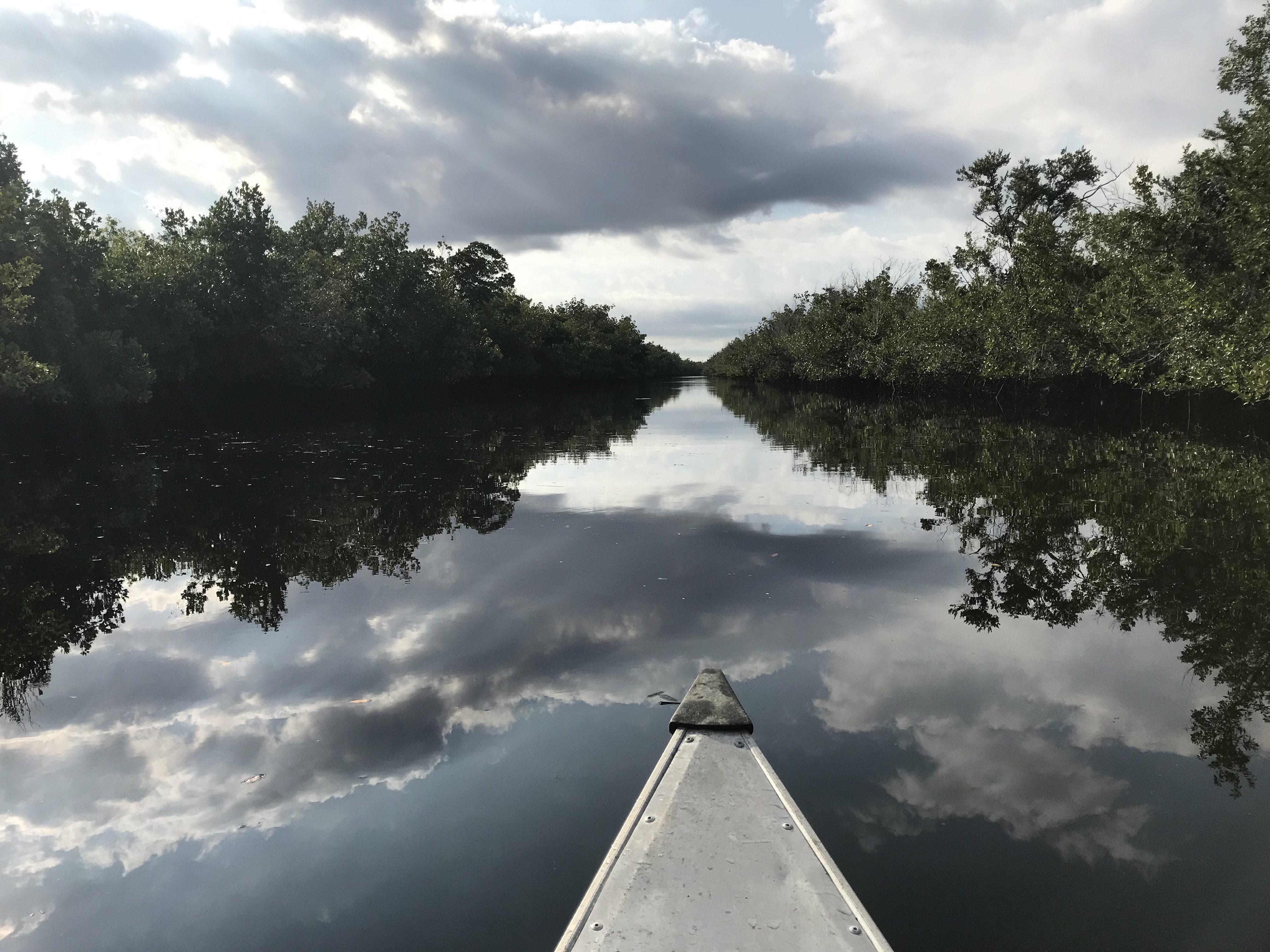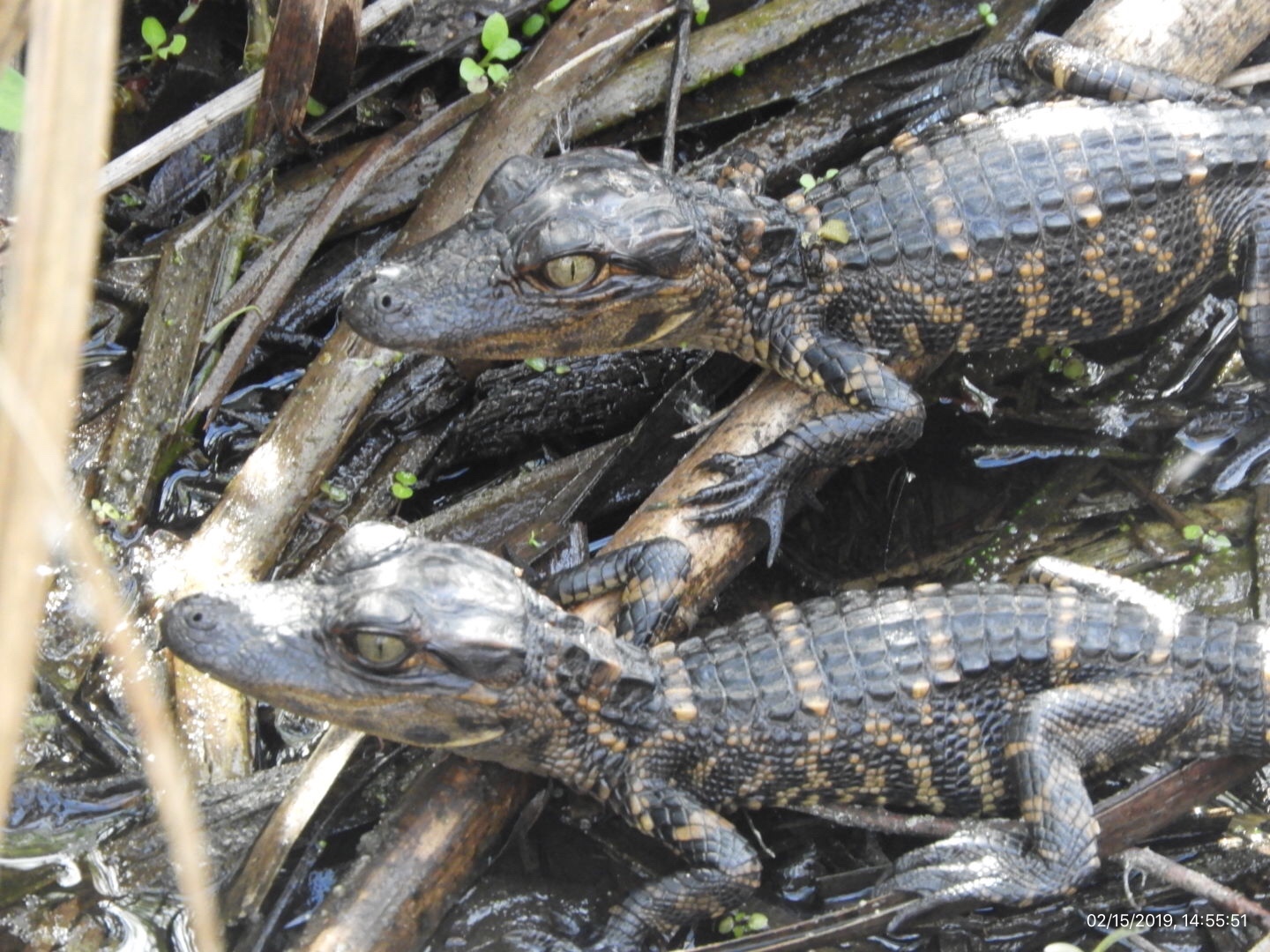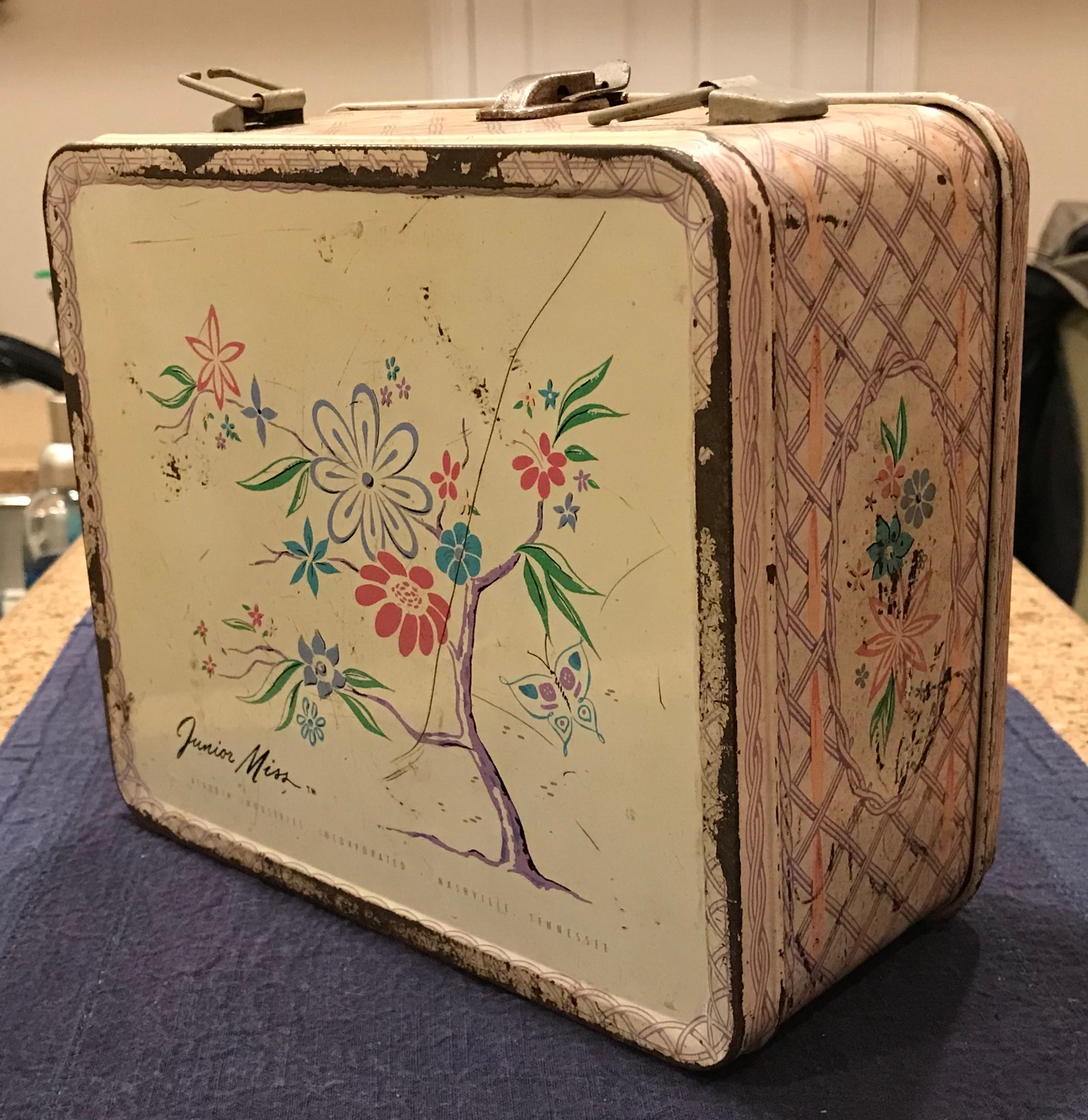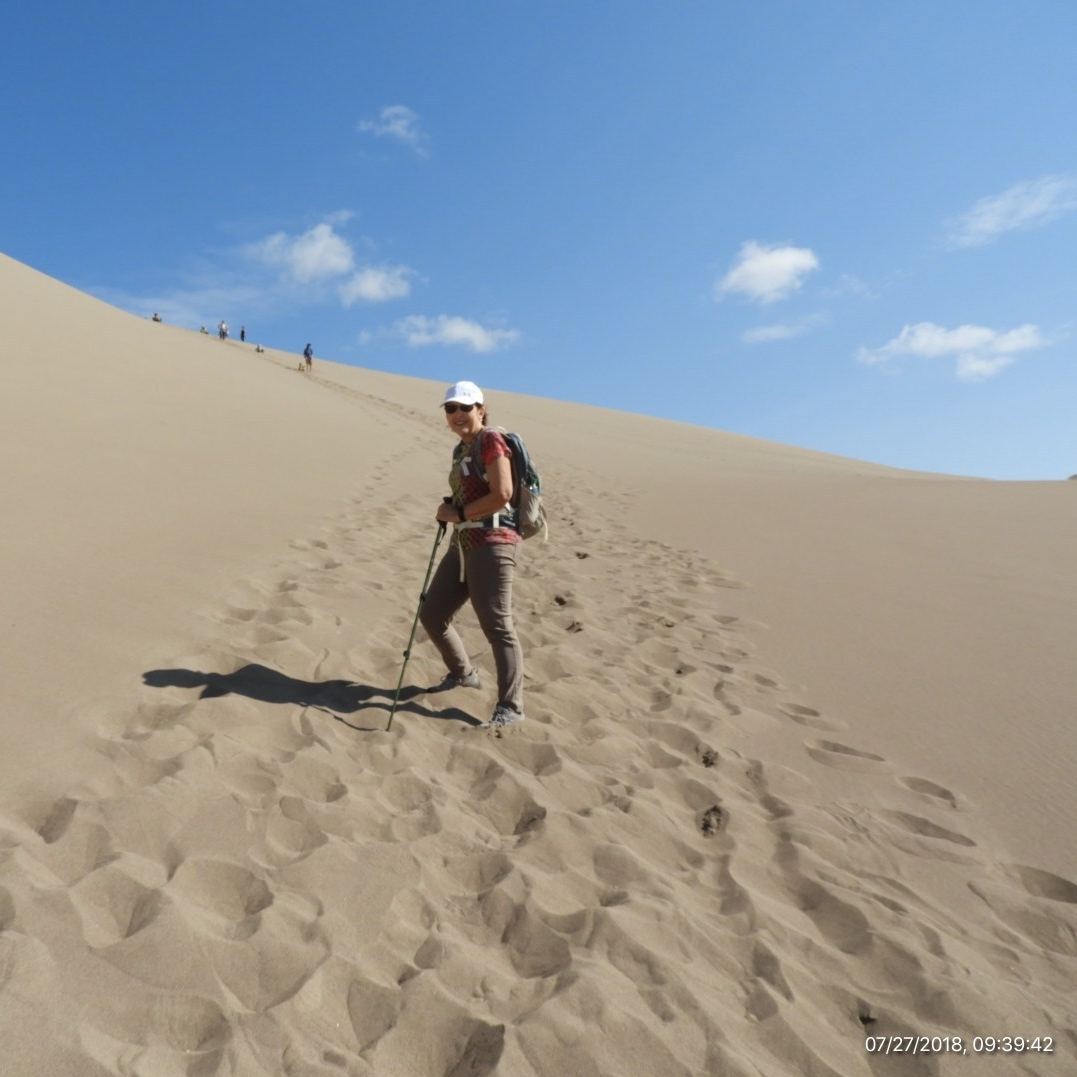Take a close look at these blooms. What do you see? Three colors of flowers on the same shrub? Is that possible?
I met the Yesterday, Today, and Tomorrow plant at Leu Gardens in Orlando last week. I’d never seen this shrub before and I couldn’t believe it produced violet, lavender, and white blooms. I thought my eyes were playing tricks on me.
What’s the deal?
My research led me to the following information about this romantic plant.
- Native to the Brazilian rainforest.
- Grows well in tropical climates with filtered shade.
- Average size: eight feet tall and five feet wide.
- Blooms in spring and summer.
- Scientific name: Brunfelsia Grandiflora
- Sweet smelling flowers.
- Extremely toxic to cats, dogs, and small children.
So, it’s beautiful, yet dangerous and one plant I will never grow in my backyard garden. But let’s not discount the philosophical side of the Yesterday, Today, and Tomorrow shrub.
I love it’s name.
What could be a more appropriate name than Yesterday, Today, and Tomorrow? For you see, each flower goes through three stages. On the first day the flower is violet, by the second day it fades to lavender, and finally changes to white on the third day. Everyday this shrub contains flowers in different stages. Wow! As far as which day represents which color, I think that’s open to interpretation.
So now for my philosophical take away… The three colors are a visual about life. Violet represents yesterday’s memories. Lavender expresses today’s challenges, and white tomorrow’s hope. Here’s a great quote:
“Hope is a renewable option: If you run out of it at the end of the day you get to start over in the morning.” —Barbara Kingsolver
The Yesterday, Today, and Tomorrow shrub starts over every morning in a constant cycle of perpetual change. Likewise no matter what stage we are in the journey of life, we still have hope that tomorrow will be better. The challenges of today become hope for tomorrow.
Thanks for taking the time to read my post. You might have a different take-away about the blooms. I’d love to hear your thoughts. Until next time…





















